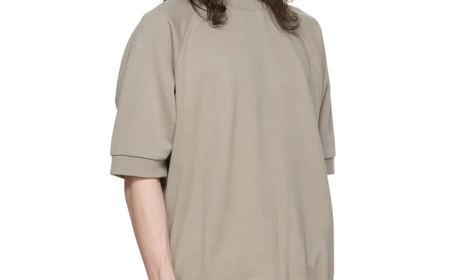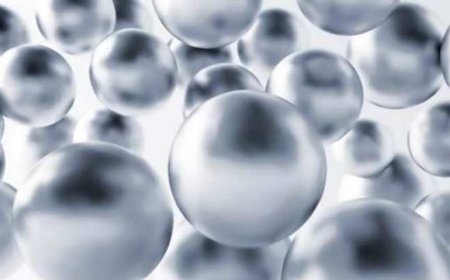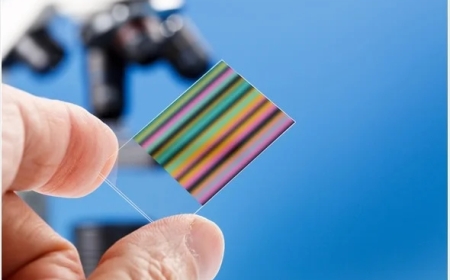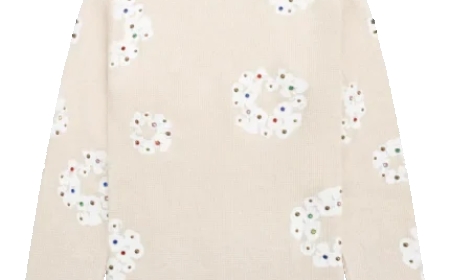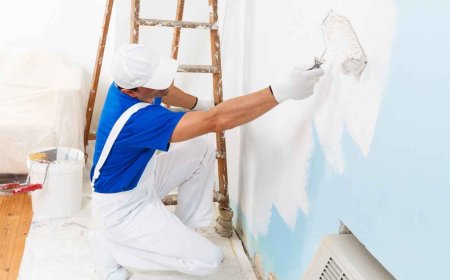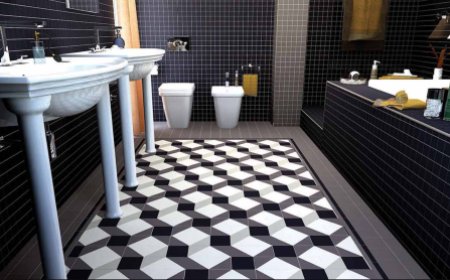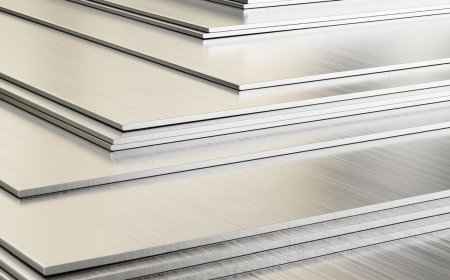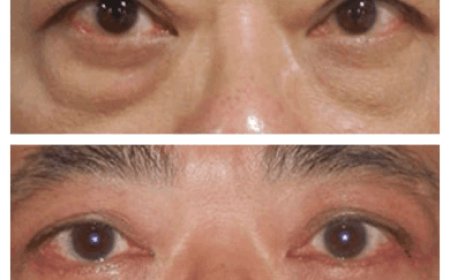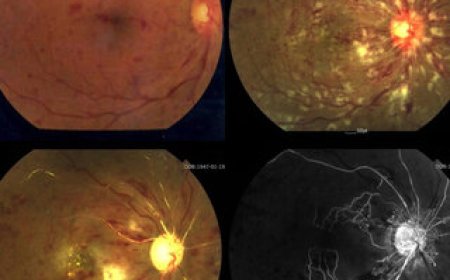Melanine: The Secret Behind Your Natural Skin Protection
Melanine protects your skin from UV damage, slows aging, and helps prevent sunburn. Discover facts, myths, and tips to support your skin’s natural shield.

Introduction: What Is Melanine and Why Does It Matter?
Melanine is the natural pigment that gives color to your skin, hair, and eyes. But beyond appearance, melanine serves as your bodys built-in defense against harmful ultraviolet (UV) radiation. Found in everyone no matter the shade of their skin melanine helps protect cells from DNA damage that can lead to premature aging and skin cancer. While many people associate melanine with cosmetic concerns, like uneven skin tone or dark spots, its protective role is far more important. This blog explores how melanine guards your skin and what you can do to support it.
How Melanine Protects the Skin From UV Rays
Melanine absorbs and scatters UV rays, reducing the risk that these rays will damage deeper layers of the skin. By doing this, melanine helps lower the chance of mutations that could lead to skin cancer. People with higher melanine levels tend to have a natural SPF (sun protection factor) of around 13, while lighter skin might have a natural SPF of only 3 to 4. However, no one is fully protected by melanine alone. Thats why sunscreen is vital, no matter your skin tone.
The Science Behind Melanine
Melanine is made by special skin cells called melanocytes. These cells sit at the base of the epidermis, the skins outer layer. When your skin is exposed to sunlight, melanocytes produce more melanine to absorb the rays and protect your DNA. This process is called melanogenesis.
Melanine is not a single substance. The two main types are:
-
Eumelanin: Dark brown or black pigment that provides stronger UV protection.
-
Pheomelanin: Yellow or reddish pigment, which offers less protection against UV rays.
Your skin tone is determined by the type, amount, and distribution of melanine in your skin.
Factors That Affect Melanine Levels
Several factors control how much melanine your body produces:
-
Genetics: Your DNA is the main factor. People from regions with high UV exposure (like Africa or South Asia) tend to have more eumelanin.
-
Sun exposure: When UV rays hit your skin, melanocytes produce more melanine. This is what gives you a tan your bodys attempt to protect itself.
-
Hormones: Pregnancy, thyroid disorders, and some medications can affect melanine production. This can lead to conditions like melasma (patches of darker skin).
-
Age: Melanine production can slow with age, which sometimes results in uneven skin tone or age spots.
Common Myths About Melanine and Skin Health
Lets clear up a few myths about melanine:
? Myth: Darker skin doesnt need sunscreen.
? Truth: While melanine gives extra protection, it doesnt block all harmful UV rays. Skin cancer can still develop, so sunscreen is important for everyone.
? Myth: You can increase melanine levels dramatically through diet.
? Truth: Theres no proven food or supplement that can significantly boost melanine. However, a healthy diet supports overall skin health.
? Myth: Melanine is only about appearance.
? Truth: The protective function of melanine is vital its your skins natural defense mechanism.
Melanine and Its Role in Skin Aging
Melanine helps slow visible signs of aging by shielding skin cells from UV damage that causes wrinkles, fine lines, and sunspots. People with more melanine often show fewer signs of sun damage over time. However, aging is inevitable, and melanine cant stop it entirely. Without good skincare habits and sun protection, damage still occurs. Melanine also helps reduce the risk of photoaging aging caused directly by UV exposure.
Melanine and Different Skin Tones
Skin tones vary based on the amount and type of melanine present. People with darker skin have more eumelanin, offering better natural protection against sunburn and skin cancer. People with lighter skin have less melanine and more pheomelanin, which provides weaker UV defense. Despite these differences, both groups can suffer sun damage and need to protect their skin.
Darker skin is also more prone to hyperpigmentation when injured or inflamed because melanine production is more reactive.
How to Support Your Skins Natural Melanine Function
Although you cant dramatically increase your bodys production of melanine, you can take simple steps to protect and support the natural function of this powerful pigment. Melanine works hard to defend your skin from UV damage, but it needs your help to work at its best. Heres how:
? Limit direct sun exposure especially during peak hours (10 AM to 4 PM).
While sunlight triggers melanine production, too much sun can overwhelm your skins defenses and lead to damage. Staying in the shade, wearing protective clothing, or using hats and sunglasses can give your skin a break while still letting you enjoy the outdoors safely.
? Wear sunscreen every day, even when its cloudy.
Melanine provides some natural sun protection, but not enough to block all harmful UV rays. A broad-spectrum sunscreen with at least SPF 30 adds an important extra layer of defense. Dont forget areas like your ears, neck, and hands, which are often exposed but easy to overlook.
? Eat antioxidant-rich foods that support skin health.
A diet full of colorful fruits and vegetables (like berries, spinach, carrots, and tomatoes), as well as nuts and seeds, provides your body with vitamins C and E. These antioxidants help fight oxidative stress the kind of internal damage that UV rays can trigger, even in skin with higher melanine levels. A healthy diet wont increase melanine production, but it helps your skin stay resilient.
? Avoid harsh treatments that damage melanocytes or irritate the skin.
Overuse of abrasive scrubs, aggressive chemical peels, or strong bleaching products can damage the melanocytes that produce melanine. This can lead to uneven skin tone, dark spots, or even lighter patches where pigment production has been disrupted. Stick to treatments recommended by skincare professionals, especially if you have sensitive skin.
? Stay hydrated and use gentle skincare products to keep your skin barrier healthy.
A well-hydrated skin barrier supports overall skin health, including the function of melanocytes. Use mild cleansers and moisturizers that dont strip your skin of its natural oils. This helps maintain balance and prevents inflammation that could lead to pigmentation issues or stress your skins natural melanine system.
By combining these habits, youre not just protecting your skins appearance youre helping melanine do its job of keeping your skin safer and stronger in the face of daily challenges like sun exposure and pollution.
Melanine and Sunscreen: Why Both Matter
While melanine is your bodys natural defense, sunscreen adds an extra layer of protection. Sunscreen helps block both UVA (aging) and UVB (burning) rays, preventing damage that melanine alone cant fully stop. A good sun protection routine combines your skins natural melanine shield with a broad-spectrum sunscreen for full coverage. This is especially important in high-UV environments or when spending extended time outdoors.
Melanine works every day to defend your skin from the suns harmful rays. But it cant do the job alone. Whether your skin is light, dark, or somewhere in between, taking care of your skin by using sunscreen, staying hydrated, and following a healthy lifestyle will help keep it safe and youthful. Your skin protects you so protect it in return



